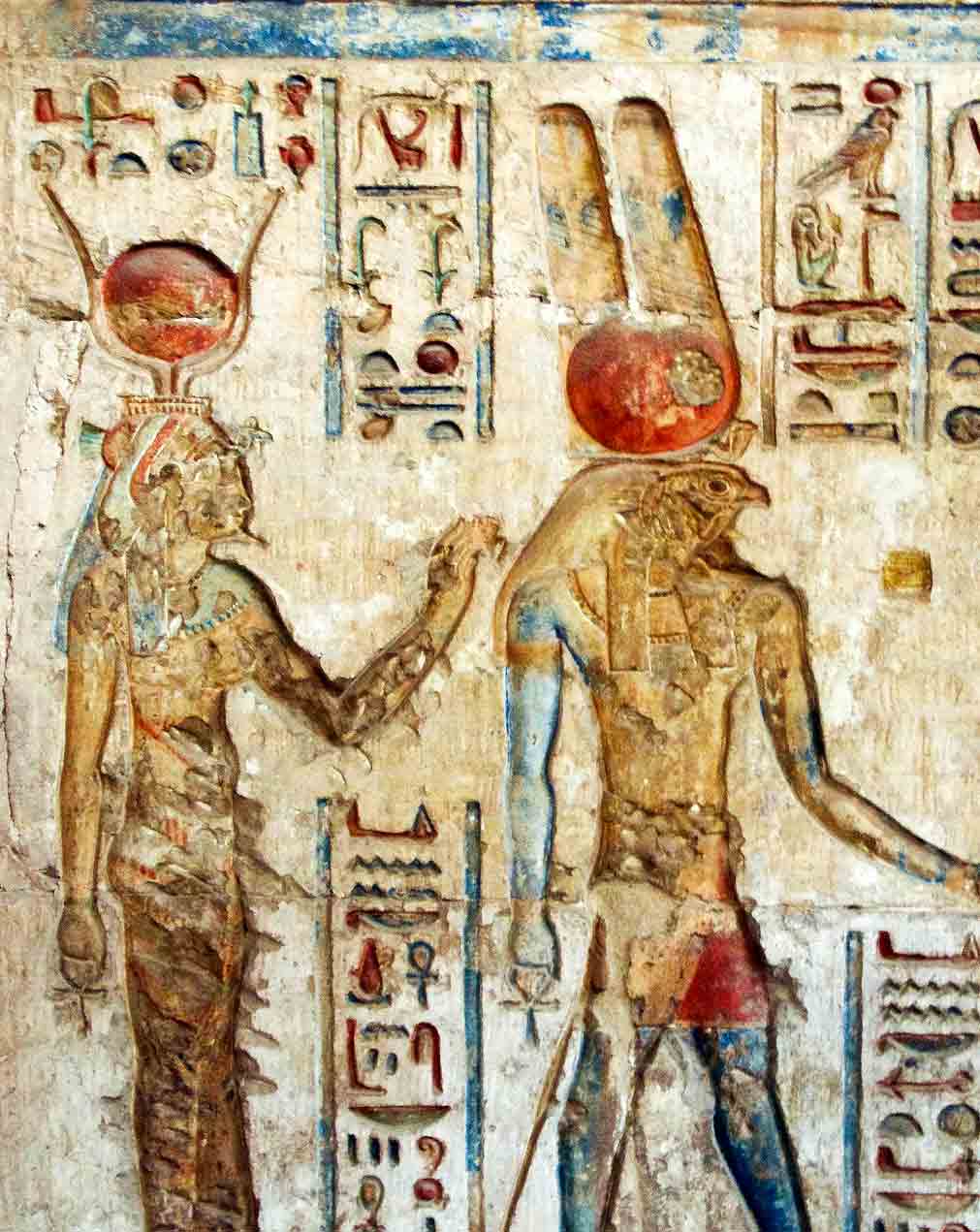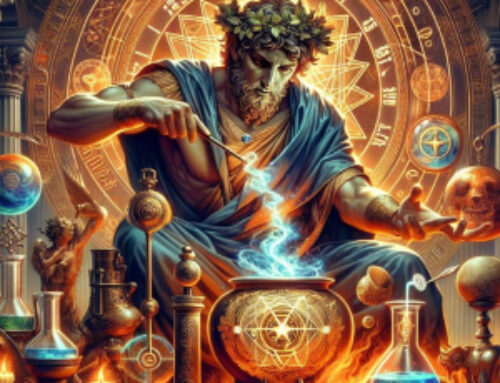Contents

Mystery cults
Mystery cults spread, especially in Greece, under Oriental and Egyptian influence from the 7th century BC. Well-known cults of the ancient world include the Eleusinian Mysteries, the cult of Dionysus, the Samothracian Mysteries, the cult of Mithras, and the cult of Isis and Osiris. The cult of the goddess Isis has a long history – she is mentioned as an important goddess in pyramid texts as early as 2300 BC. Mystery cults flourished in ancient Greece and the Roman Empire.
The Eleusinian Mysteries are a prime example, as they exhibit all the characteristics of a classical mystery cult. Initiation took place in two stages – first, the initiate was initiated into the lesser mysteries. The myste (initiate) was instructed in the myth, ritually purified, and offered sacrifices to the goddesses.
After this process, the individual was ready for the initiation into the higher mysteries, which took place at Eleusis and lasted 9 days. The mysteries included teachings of rebirth and promised the initiates an individual continuation of life in the proximity of the gods. Socrates is said to have said: You need not fear death; you will also have a place of honor in the afterlife, because as an initiate of the Eleusinian Mysteries you are a relative of the gods. (Mystery Cult)
The mysteries of Mithras are among the more recent classical mystery cults. Only men were initiated into this cult, making it a potential origin of Freemasonry. Mithras embodied the principle of light – goodness. He fought against evil and darkness.
The cult of Mithras included a cosmology and a doctrine of the soul that aroused great interest among scholars. There was equality among the Mithras mystics and they called each other brothers, regardless of their rank outside the cult. Some emperors (Nero, Commodus, Julian the Apostate) were also initiated into this cult.
The Hermetic Academy is a guardian of the Western mystery tradition. The online teachings of the Hermetic Academy help students achieve their goals and realize their spiritual development.





